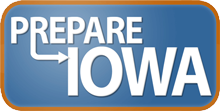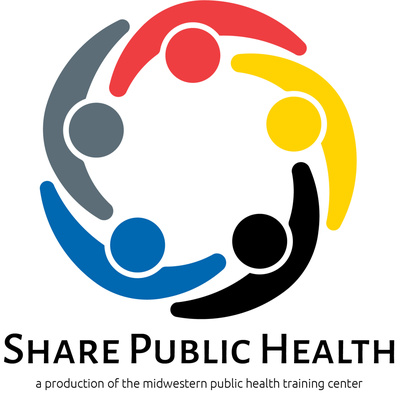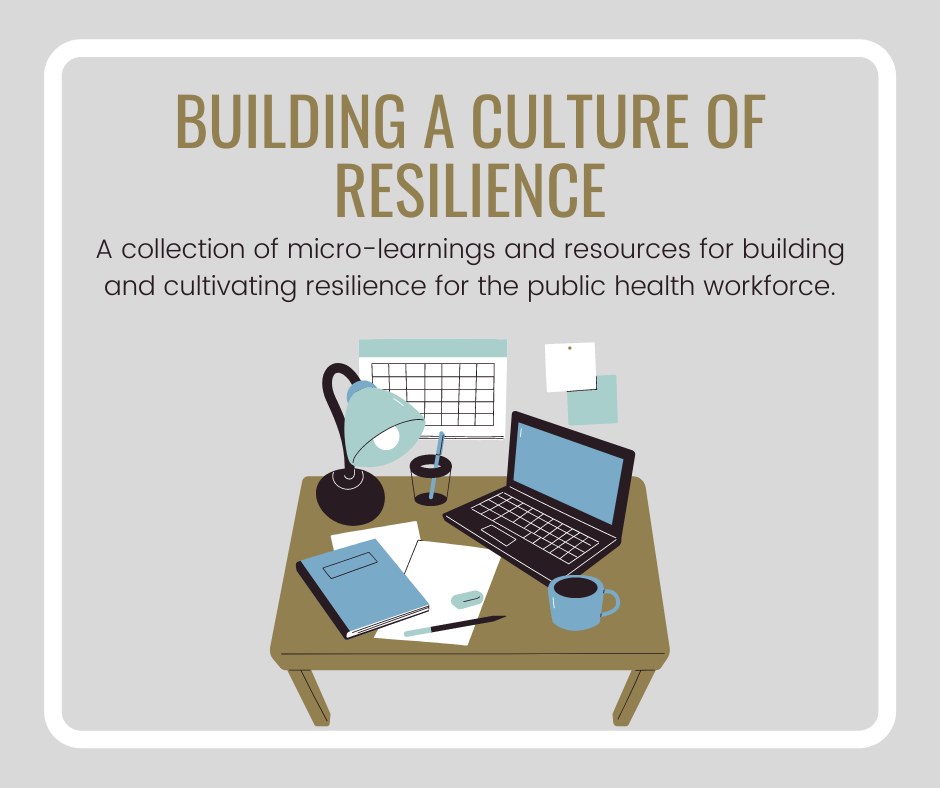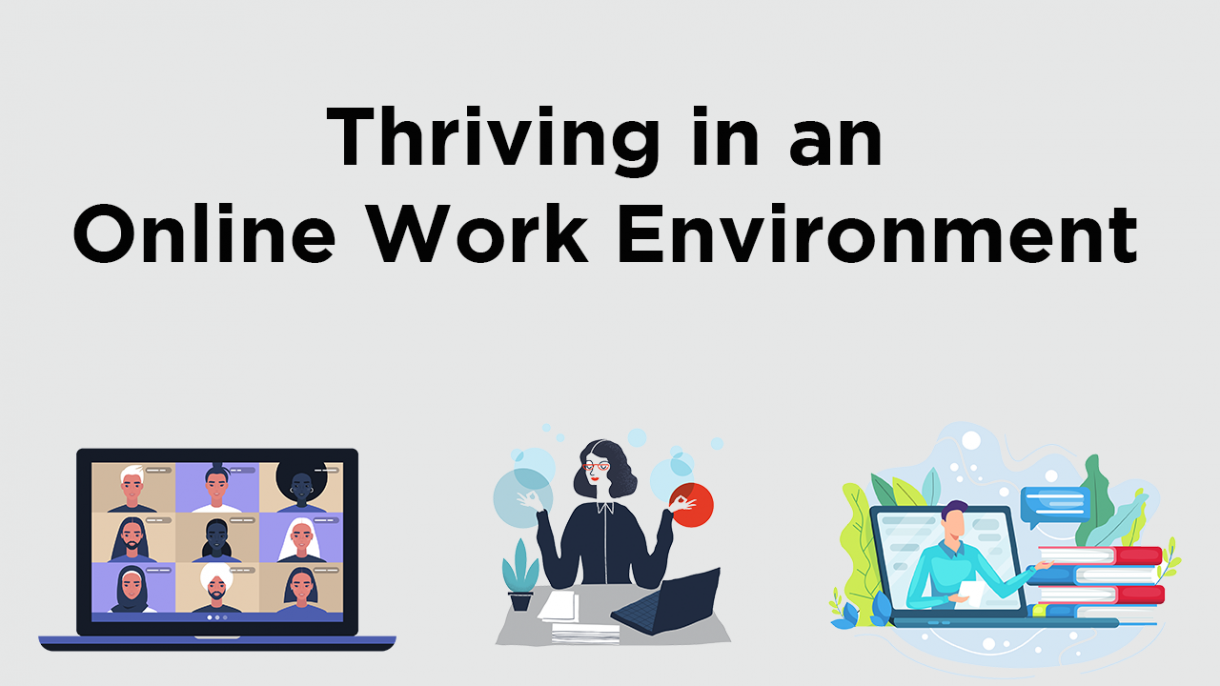Disaster in Franklin County: A Public Health Simulation
This simulation, developed by University of Minnesota Center for Public Health Education and Outreach, consists of 14 chapters occurring over the first 30 days following a severe storm striking the fictional community of Franklin County. In this simulation, which takes approximately 45 minutes to complete, the learner will assume the perspective of various public health professionals responding to a natural disaster. They will make decisions on behalf of a county public health director, a public health nurse, an environmental health specialist, and other public health professionals. By approaching the emerging public health issues from these perspectives, the players gain a deeper understanding of the issues at hand, the decisions that colleagues in other disciplines face, and how those decisions impact his or her area of expertise.
Conducting a BT- Table Top: A How-To Guide
The purpose of Conducting a BT-Table Top: A “how-to” guide is to provide state and local public health entities with information and guidance on the key ingredients to consider when developing and facilitating a tabletop exercise. Tabletop exercises are one of the strategies that the public health workforce can use to convene and engage their community partners. The guide was developed by DeKalb County Board of Health’s Center for Public Health Preparedness.
IS-522: Exercising Continuity Plans for Pandemics
This course, from FEMA Emergency Management Institute, is based on the pandemic continuity tabletop exercise Determined Accord. The course covers fundamental continuity principles and processes but is focused on the special continuity requirements for pandemics. Strategies such as telework and other social distancing strategies are described as well as special protection strategies for first responders, healthcare personnel, and others who have daily contact with the public. The flexible delivery version of this course includes the Determined Accord tabletop exercise based on the recent H1N1 pandemic. In this online version, students watch a discussion among first responders and respond to related questions.





